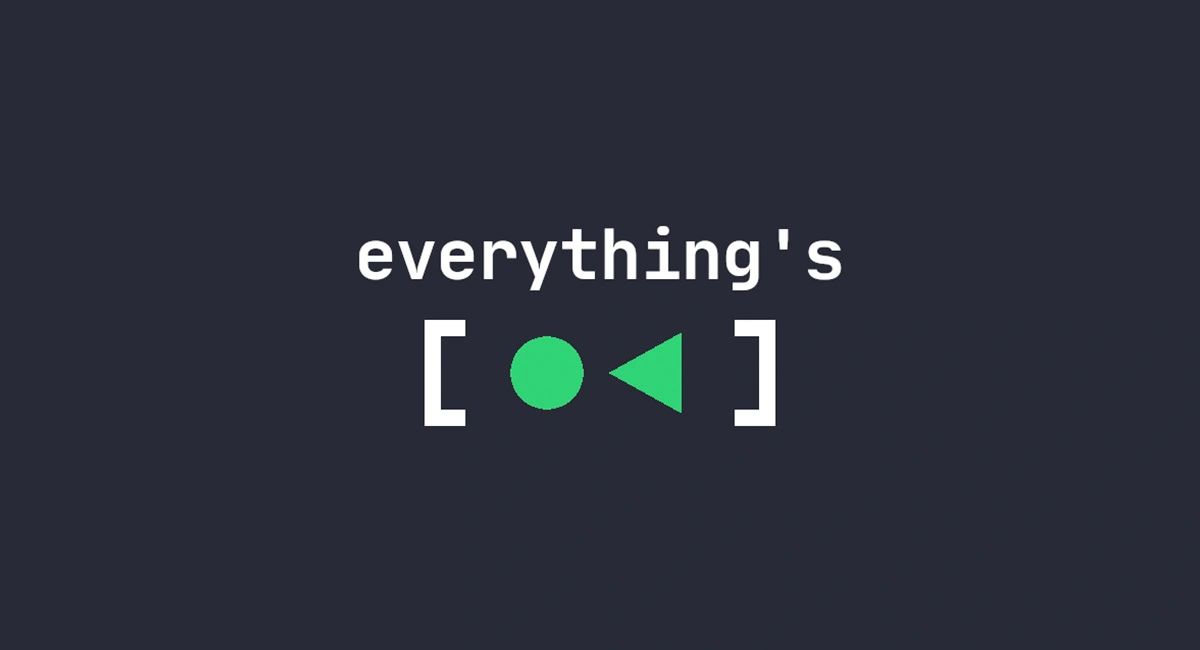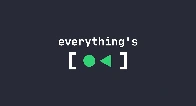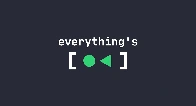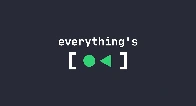Actually, its an opaque system that makes it much harder to understand what is going on because it's a declarative file that is consumed in a non-obvious way by code written in c which is not going to be remotely comprehensible to them. Most people are apt to google for the magic incantation that appears to match their problem without understanding anything.
Not only are simple and easy not the same they are opposing interests in most actual practices.
I had an extremely simple Funtoo (Gentoo derived) installation it had bios boot -> 4 line grub.cfg with explicitly specified kernel and initrd. Making a kernel involved cding to the directory where the new kernel was making it copying a file and changing a text file to point to the new kernel. Understanding how software was built was work because you actually have to specify things you want vs don't want but it was extremely simple. In fact everything was like that from boot, build, services. Anyone who took a few hours could probably trace it from the first line of grub.cfg to the last service starting up.
I have a more complicated void install that uses rEFInd -> zfsbootmenu . When a new kernel is installed dkms rebuilds modules and dracut handles preparing the boot up, updating automatically creates a snapshot and zfsbootmenu makes it possible to boot into a prior version of your OS. I set none of it up it was configured by an installer and when I messed something up it was a LOT more work to understand how it works and it was impossible to trace it from end to end without googling and reading documentation.
I have a single board computer running a derivative of Ubuntu. The official installation procedure that you are supposed to be able to do remotely doesn't work at all so I plugged a monitor and keyboard to it loaded the image to a sd card and booted and ran the commands it said to run and it works without issue. It's opaque but easy to use and if it ever doesn't I'll probably just reinstall the image from scratch and run the commands it said to run.
I would recommend Ubuntu/Mint if you just want to do things. If you actually want to understand it for its own sake I would recommend something simple instead of easy.




